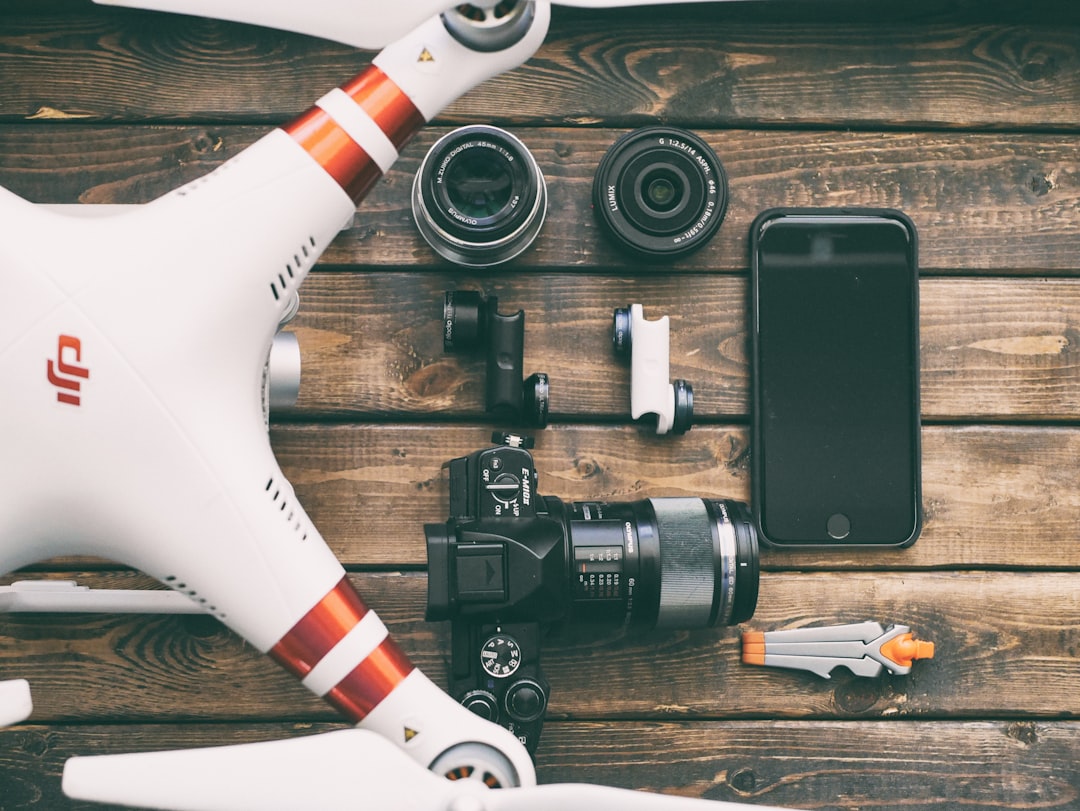
Debugging Drones: How Mesh Networks Can Replicate Success
In the rapidly evolving realm of technology, drones have emerged as pivotal instruments across various sectors, from agriculture to search and rescue operations. However, like any sophisticated gadget, they are not immune to technical issues. This is where the concept of debugging drones through mesh networks comes into play, presenting a transformative approach to troubleshooting and enhancing drone capabilities.
Understanding Mesh Networks
Mesh networks are decentralized systems where each node (or device) can communicate directly with others, forming a robust and flexible network. In the context of drones, this means that individual drones can share information and resources seamlessly, creating a collective intelligence that can effectively troubleshoot issues, optimize performance, and ensure operational efficiency.
Benefits of Mesh Networks for Drones
-
Increased Communication Reliability: In traditional drone operations, a single point of failure can lead to a complete communication breakdown. Mesh networks eliminate this risk by allowing drones to communicate with multiple nodes, ensuring that data transmission remains robust even if one or more nodes fail.
-
Real-time Data Sharing: Drones equipped with mesh networking capabilities can share telemetry data, sensor readings, and diagnostics in real time. This data can be invaluable for debugging, as it allows operators to identify problems as they occur and address them immediately.
-
Scalability: As drone fleets expand, managing communication can become complex. Mesh networks simplify this by allowing new drones to be added to the network without significant reconfiguration, ensuring that large fleets can operate cohesively.
-
Enhanced Coverage: Drones often operate in challenging environments where GPS signals may be weak. Mesh networks can extend the communication range by relaying signals through multiple drones, ensuring uninterrupted service even in remote areas.
Practical Applications of Mesh Networks in Debugging Drones
Several organizations have started implementing mesh networks to enhance their drone operations. For instance, the agricultural sector has seen significant benefits from using mesh networks for crop monitoring. Drones can gather data on soil conditions and crop health, and this information can be shared instantly with fellow drones in the field. If a drone detects an anomaly, it can alert others to adjust their flight paths or data gathering methods accordingly.
In emergency response scenarios, mesh networks can play a vital role. Drones deployed for search and rescue missions can communicate with each other to build a comprehensive view of the area, sharing critical information about obstacles or survivors. This collaborative approach not only speeds up the debugging process but also enhances overall mission success.
Expert Opinions on Mesh Networks for Drones
According to Dr. Emily Carter, a leading researcher in drone technology, “Implementing mesh networks in drone operations not only enhances communication but also allows for intelligent decision-making in real-time. This is particularly crucial in scenarios where immediate action is required.”
Challenges and Future Directions
While mesh networks offer numerous advantages, they are not without challenges. Network congestion can occur if too many drones attempt to communicate simultaneously. Additionally, security concerns arise, as an open mesh network could be vulnerable to unauthorized access.
To mitigate these issues, future developments may focus on advanced algorithms for network management and improved encryption methods to ensure secure communications. As technology evolves, the integration of artificial intelligence may further enhance mesh network performance, allowing drones to learn from past experiences and optimize their operations.
Further Reading and Resources
To deepen your understanding of the interplay between debugging drones and mesh networks, consider exploring the following resources:
- A Comprehensive Guide to Drone Technology
- Understanding Mesh Networks: Principles and Applications
- The Future of Drones in Agriculture
Conclusion
Debugging drones through the utilization of mesh networks is a promising frontier that holds the potential to revolutionize how we operate and troubleshoot these aerial devices. As mesh networks continue to evolve, they will undoubtedly enhance the capabilities of drones, making them more reliable, efficient, and capable of meeting the challenges of modern technology.
By embracing these innovations, industries can ensure they are at the forefront of drone technology, ready to harness the full potential of these remarkable machines. Don’t forget to share this article with others interested in tech advancements or explore these new tools for your drone operations!
Glossary of Terms
- Mesh Network: A network topology where each device can communicate with others, creating a resilient and flexible communication system.
- Telemetry Data: Data collected remotely and transmitted back to a central system for monitoring and analysis.
- Decentralized System: A system where control is distributed rather than concentrated in a single location.
With continued advancements in mesh networking and drone technology, the future looks bright for debugging drones, ensuring they can operate efficiently in diverse environments.


